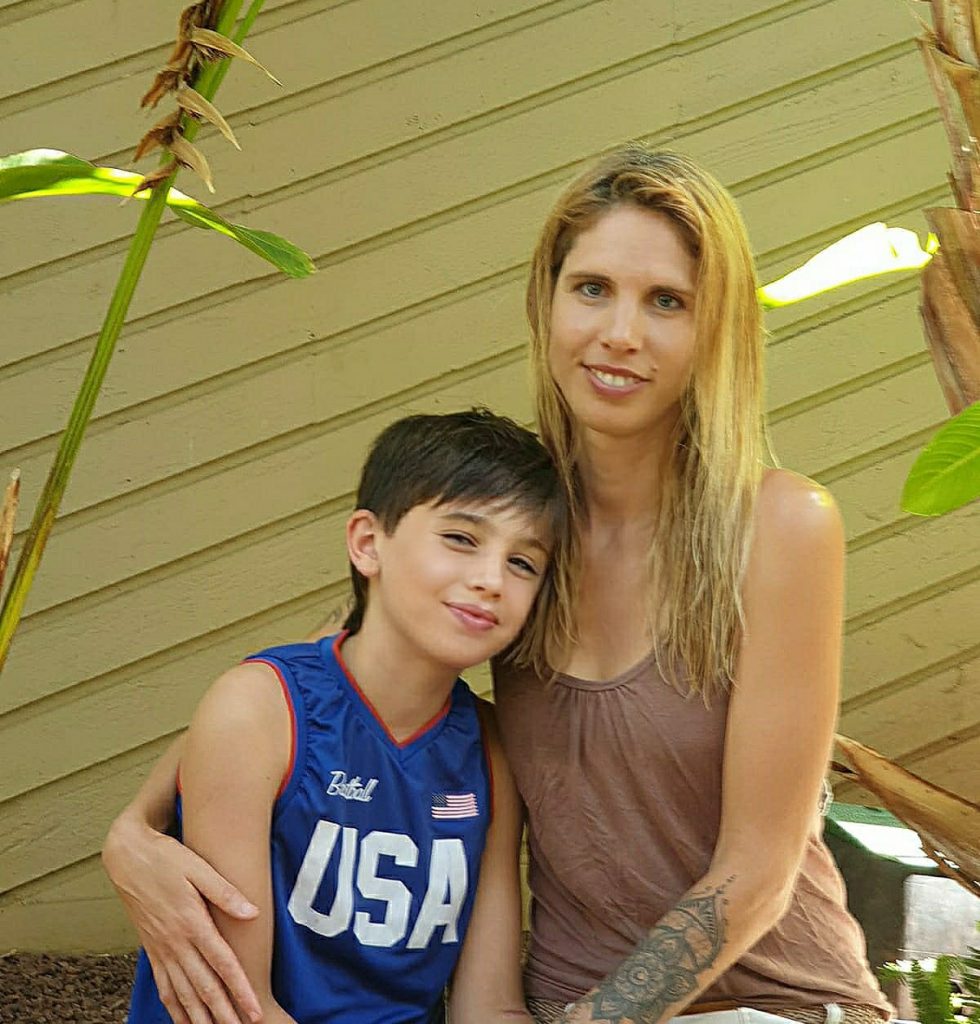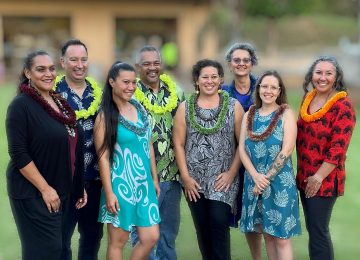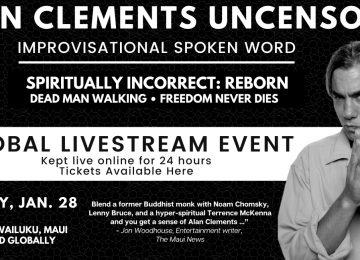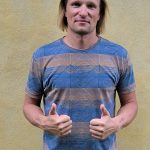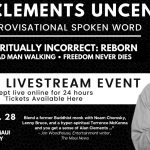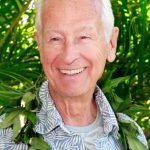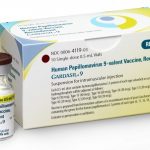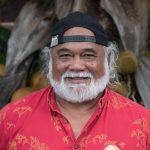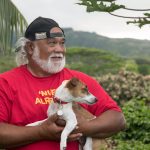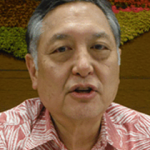Yonatan Cohen was diagnosed with Autism Spectrum Disorder at the age of 7. By the age of 8 all his symptoms had disappeared. Meeting him on Maui today you would have no idea he was ever diagnosed with autism.
About to turn 9, Yonatan smiles and says, “now I’m so happy that I have so many friends, and I’m happy to go to school. Before I didn’t have any friends and I felt a lot of stress. It was really hard. Now I don’t feel stressed anymore.”
The standard medical position is that there simply is no cure for autism, but that medications are available to help address associated symptoms.
Yonatan exhibited many of the classic symptoms of autism explains his mother, Kineret Gal Cohen, during a visit with her family to Maui from northern Israel.
“We always had problems since he was a baby. In second grade problems at school got worse and worse, social and communication problems, anger issues. He didn’t understand social situations. He didn’t have any friends. He used to cry about everything, any change. He would cry and really scream in the toilet and I had to be with him in the toilet to calm him down. The school bus was too noisy. He had rituals like every hour he had to go around the house a few times, he called them his turns. Many problems.”
Seeking medical help his parents had him evaluated. “They said he was on the high-functioning autistic spectrum. They told me it’s for life and they recommended a behavioral therapist. We were shocked, it was like an earthquake.”
Starting last August, her son began Cognitive Behavioral Therapy sessions twice a week, which helped a bit, but Kineret was convinced there was another avenue. She didn’t accept her child would have to be dysfunctional all his life.
“Everybody said it’s for life, there’s no cure. I couldn’t accept that label and that there was nothing I could do.”
So she set off on a heroic path.
Kineret’s brother in law, a psychologist who works with autistic children, suggested reading the book “Healing the Symptoms Known as Autism,” by Kerri Rivera. “Autism is treatable, and I believe that it’s curable,” Rivera reports, citing more than 500 parents with success stories. One commented on Good Reads: “We are following this protocol and this has helped us more over the years than all the consultations we had combined with the many doctors we went to find help for our son.”
Kineret began following the protocol suggested in the book, beginning with a major elimination diet, and within days she saw a dramatic improvement in her son.
“I started with dairy, no sugar at all, and no gluten or any kind of preservatives and (artificial) colors, no fast food, and I bought mostly organic food.”
Within four or five days she noticed he son was less stressed, he was calmer and less angry. “I felt like I was doing something right.”
Launching such a strict diet regime meant that she had stop working and her husband increased his work load to compensate. Both parents also adopted their son’s new diet.
“It took a lot of time,” she recalls. “I would send him food to school and I had to think what I was going to cook.”
Contrary to historical medical beliefs, diet impacts autism. A 12-month study by Dr. James Adams, Director of the Autism/Asperger’s Research Program at Arizona State University, published in 2018, found diet and nutritional interventions significantly improved the symptoms, cognition (a 6.7 point increase in IQ), digestive health, and behavior in individuals with autism.
Treatment began with a special vitamin/mineral supplement. Additional treatments were added sequentially, including essential fatty acids, Epsom salt baths, carnitine, digestive enzymes, and a healthy gluten-free, casein-free, soy-free (HGCSF) diet.
The researchers found that a vitamin/mineral supplement as well fish oil were two of the most important factors in improvements, and those nutrients restored normal gut function, which in turn improved digestion.
“We really focus on whole fruits and whole vegetables because that’s a great source of fiber,” Dr. Adams reported. “Dietary fiber is so important. It’s the primary food for the cells that line the gut.”
Dr Robert Cade at the University of Florida College of Medicine studied 70 autistic children who followed a GFCF diet (Gluten-free casein-free) for 1-8 years, and found that 81% improved significantly by the third month, with improvements continuing over the next 12 months. Large improvements were observed in social isolation, eye contact, mutism, learning skills, hyperactivity, stereotypic activity, and panic attacks.
Karyn Seroussi, author of “Unraveling the Mystery of Autism and Pervasive Developmental Disorder,” began eliminating dairy and gluten in her autistic son’s diet. “By the time Miles turned 3, all his doctors agreed that his autism had been completely cured,” she told Parents magazine. “At almost 6, Miles is among the most popular children in his first-grade class.”
Within three weeks of changing her son’s diet, Kineret began the second part of the protocol suggested in Rivera’s book, giving him drops of CD (Chlorine dioxide) or MMS (Miracle Mineral Supplement) as it’s also known, 8 times a day for 6 months.
A controversial figure, Rivera is vilified in the mainstream press.
“Parents are poisoning their children with bleach to ‘cure’ autism,” declared an NBC News headline. Amazon banned Rivera’s book, YouTube deleted her videos, and Facebook deleted her public profile.
The subject of extraordinary vitriol, a post on the web fumed: “Ms Rivera fails to gasp the fact that autism is not a disease and can therefore not be cured. A lot of pseudo-science by a anti-psychiatry quack.”
What’s the beef?
The FDA claims taking MMS is the same as drinking bleach, and reports adverse health effects.
The truth – Chlorine dioxide is not bleach. Household bleach is actually a dilute solution of Sodium hypochlorite. They are two distinctly different chemicals. Chlorine dioxide is typically added to drinking water, to help destroy bacteria, viruses and some types of parasites like Giardia lambia and Cryptosporidium, but it but does not harm healthy cells or tissues.
Kineret’s experience using Rivera’s protocol – Yonatan no longer has symptoms of autism.
“I looked on Google and saw the warnings, but I started the MMS and in the first week we saw improvements,” she says. “Teachers told us he was better in school. He didn’t have any panic attacks. Before he would tell me, ‘why do I feel like this, why am I different? I used to cry, now I feel better, I feel more relaxed.’ He started to have social encounters with friends. He was radically improving. He started to blossom like a flower. It all changed.”
While Yonatan was on the strict diet and daily drinking drops of MMS, his parents took him to a specialist Child Development clinic at Israel’s Ziv Medical Center, which focuses on autism.
“I wanted the most accurate diagnosis,” she says. “There’s a special institute and it’s a long process to come up with a diagnosis, it takes months. When we got to the last appointment they said, ‘he’s not on the spectrum at all.’ Our life changed from hell and almost getting to divorced. I was extremely happy.”
Kineret has shared her amazing story with other parents in her community, and she’s thought of creating a presentation.
Many parents she found didn’t want to take on the effort involved. “I tell them it’s not magic, you have to be ready for a process. When they hear no milk, no sugar, they say, ‘I don’t know,’ and this and that. It’s not easy, you have to be fully focused. It’s not easy for a child not to eat any sweets. He did it, he was so great. We are continuing with the diet changes, but it’s not as strict as before. The other day he told me, ‘mom remember I had this pressure and pain in my body, and now I don’t feel it anymore.’ In my little circle I can tell my story.”


